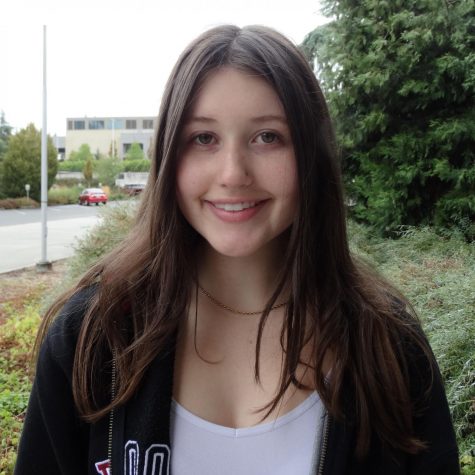The Youth and Substances
June 8, 2021
When you hear the words drugs and alcohol, what do you immediately picture? A TV character that burns through a few packs of cigs a day, or the wine in your parent’s cabinet that seems to have been there for ages? When just briefly spoken about, these things tend to sound pretty harmless, but that is the problem in today’s society. Drugs and alcohol have become so normalized, that according to American Addiction Centers, people between the ages 12-20 consume more than one-tenth of all alcohol consumed in the US. But that statistic is just the surface of drug and alcohol abuse in young people.
One drug has become extremely popular within teenagers and it is the most popular way to consume tobacco products: vaping. Handheld battery-powered e-cigarettes that contain nicotine juice or liquid are what so many people are using to get nicotine instead of regular cigarettes. This is getting loads of kids addicted, and even having to feed their cravings during classes in school. Skyline senior Sarah Baisler, when talking about drug use, says, “It affects their learning by making them distracted, and making it hard for them to retain information.” Nicotine is a very dangerous drug because of the temporary dopamine it feeds the brain, and the brain wants to continue that action. The negative effects of vaping nicotine are lung damage, loss of brain cells, and can increase blood pressure and heart rate to a dangerous level. Some effects of drinking alcohol are memory impairment, and impairment of brain receptors. Also, a popular drug that teenagers use is marijuana. According to St. Lawrence University, “Marijuana increases heart rate, weakens the heart muscle, and affects blood pressure.” Additionally, the American Academy of Child and Adolescent Psychiatry says that “most commonly used illegal drugs amongst teenagers are marijuana, stimulants, LSD, PCP, opioid painkillers, and Ecstasy.” All of the drugs listed can be extremely dangerous especially in the hands of a young teenager, whose brain is not even fully developed.
Junior Clare Marshall says, “I think drugs are normalized in the media and so in movies and stuff, it’s common now so people think it’s okay to do like the movies do.” In most shows or movies currently, drugs and alcohol come up and create some sort of message or theme. For example, in the Netflix show “Euphoria,” the use of opioids and other drugs are almost glamorized, making the audience deeply intrigued. But the media is not what encourages young people to do drugs the most. One of the leading causes of drug and alcohol use in teenagers is mental problems and family problems. Some people with a family history of substance abuse, depressed people, those who have self-image problems, all are more likely to try and become addicted to drugs. Although it is not their fault, teenagers dealing with abuse at home, mental health struggles and such seem to turn to drugs as an answer. McKaden Hein, a Lake Stevens sophomore, thinks that “they use them as a way to cope with problems in their lives.” False information is spread about drugs and alcohol on the internet, and in life, too. False promises are spread like how drugs can make your problems go away, how it can get rid of anxiety and depression because those are common things kids are dealing with in today’s age.
According to turnbridge.com, “A survey from the Center on Addiction found that 60 percent or more of teens attend “drug infected” high schools, meaning drugs are used, kept, or sold right on school grounds.” Some students even sell their over the counter medicine and other medicines like adderall. The drug and alcohol crisis among teenagers is not getting better, but there may be a few things that could help prevent a spike in drug usage. First off, parents can prevent their children from using drugs by talking to them about drugs, open communication, role modeling, responsible behavior, and recognizing if problems are developing.Freeman High senior Shay Albrecht thinks that not beating students up for trying drugs is a good route, and telling them “that it’s okay and to not beat yourself up for it, but that it won’t be good for you in the end.” Curiosity is natural and bound to happen in young people, but when it comes to trying drugs and alcohol, it is best to turn youths the other way. Finding new hobbies or things that keep you distracted and interested are great to start instead of turning to drugs. Looking out for friends and family is one of the most important things too, because looking out for signs of drug use could prevent a future addiction or worse. Substance abuse has become an overly-popular, dangerous pattern in the youth of today.
Whether it is from peer pressure, family or friend problems, or plain curiosity, teenagers are using drugs that can severely damage their brain and body. Ages 12-20 are dealing with this crisis and in order to stop it there needs to be so much done. As a society, we can start by prioritizing mental health and checking in on each other, to try and turn away from making bad and dangerous habits.


